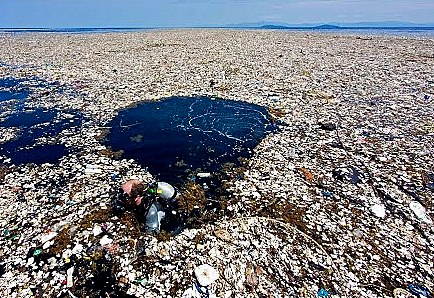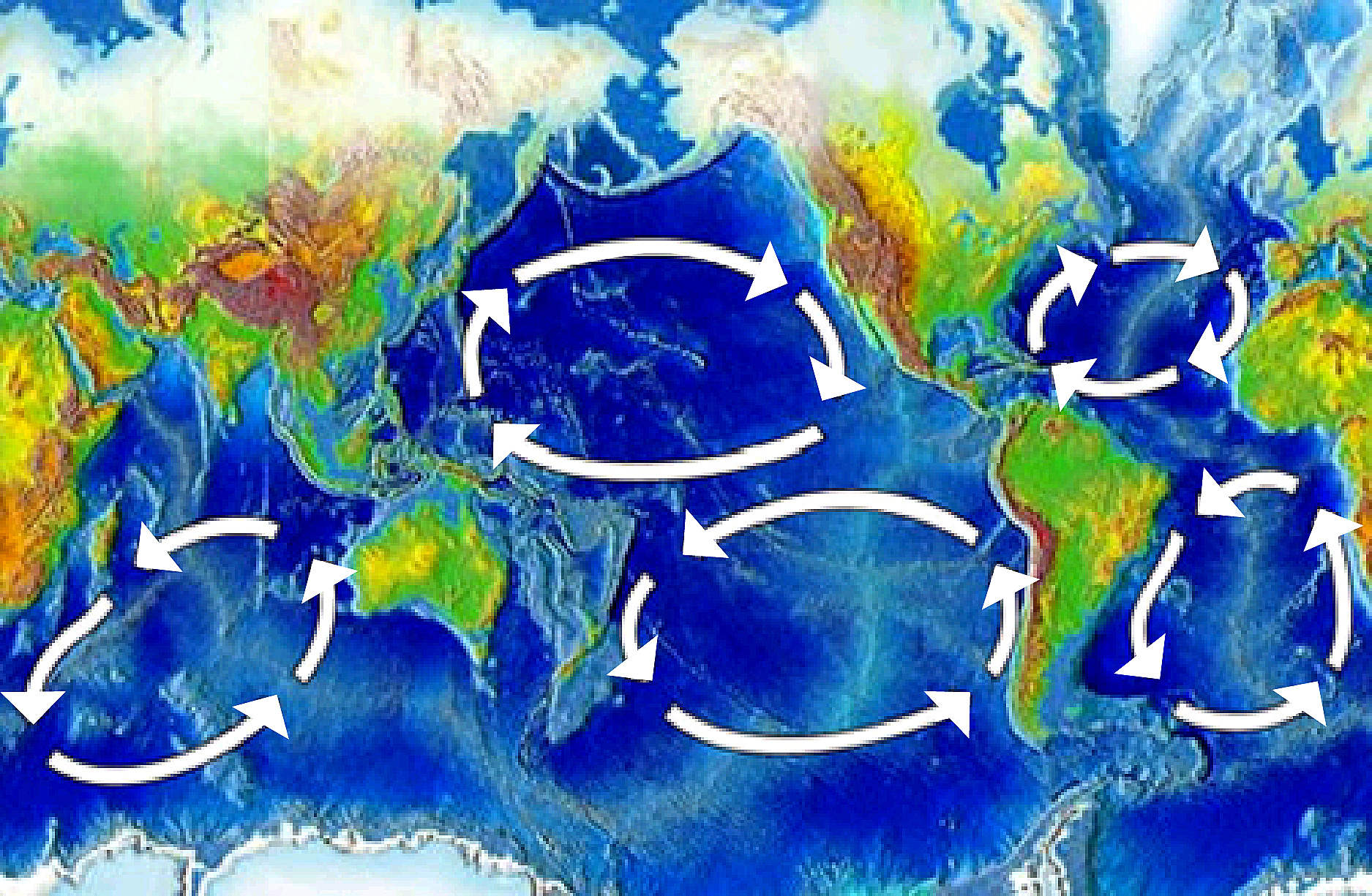Removing A Garbage Patch
Ocean plastic removal concept (credit: Ocean Cleanup)
Besides the impacts due to climate change, marine plastic pollution represents one of the greatest environmental problems. It has been estimated that discarded plastic could soon out-weight all the fish in the oceans.
Consisting of single-use bags, bottles, containers, and toys, the plastic waste flows down rivers into bays and the ocean producing gigantic gyres of floating debris. The Great Pacific Garbage Patch is now the size Texas and others exist around with world. The plastic not only pollutes the seas as floating trash but it is a major threat to marine mammals, birds, and sea turtles. Plastics can also enter the food chain as it becomes pulverized into nano-particles by currents and then consumed by commercially harvested fish including tuna and salmon. Micro-plastics have been shown to impact the immune systems of people who relish eating such seafood.


Great Pacific Garbage Patch (credit: YouTube) Oceanic gyres (credit: Wikicommons)
Novel solutions have been proposed but scaling technology to deal with the problem has been a limiting factor so far. A Canadian group, The Ocean Cleanup, may have developed a practical and scalable way to address this massive problem. They have designed and tested a floating net that is slowly pulled along through an ocean expanse, capturing the debris on the ocean surface as it moves. The sieves are attached to dual ships at each end of the siphon that pushes the plastic debris into a collection pouch at the back of the net. The gathered waste is then recycled into plastic pellets that can be used to manufacture new products. Sturdy sunglasses are already available from an Italian eyewear maker.
Ocean Cleanup has shown a proof-of-concept of their technology and they plan deploying additional vessels to comb the gyre to remove more plastic. Will this be an end to the Great Pacific Garbage Patch? That depends on how widely and rapidly their innovative technology is adopted. WHB